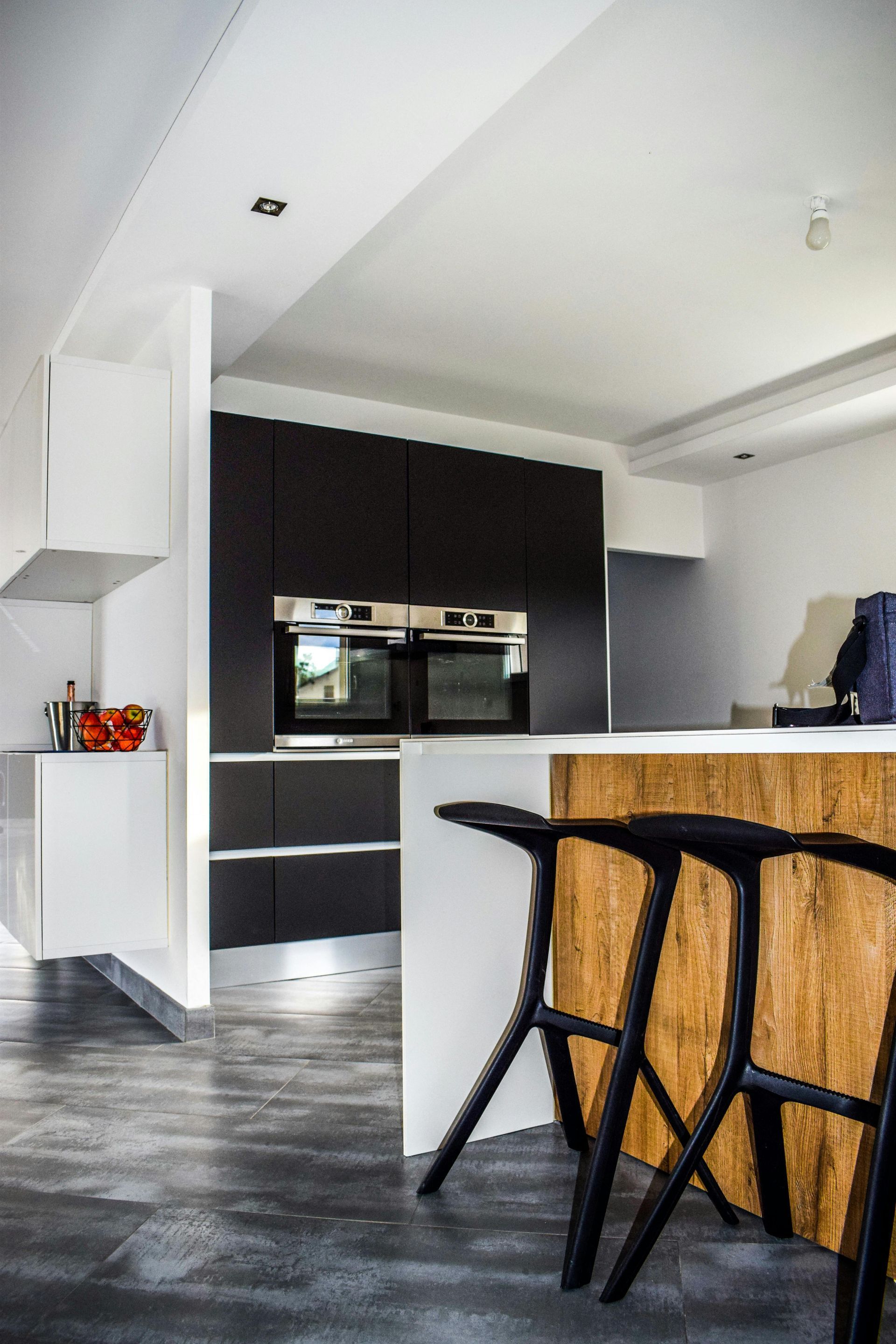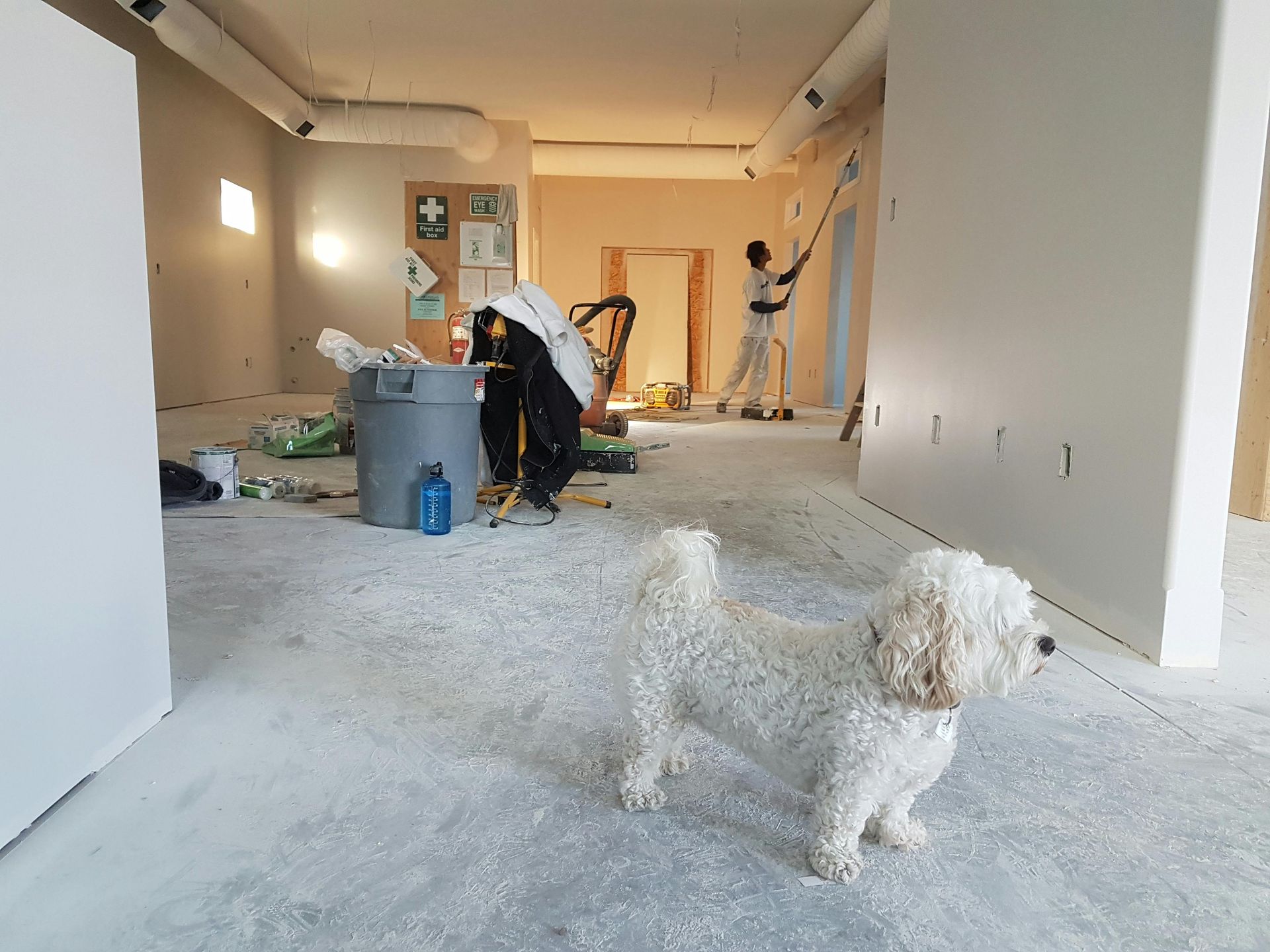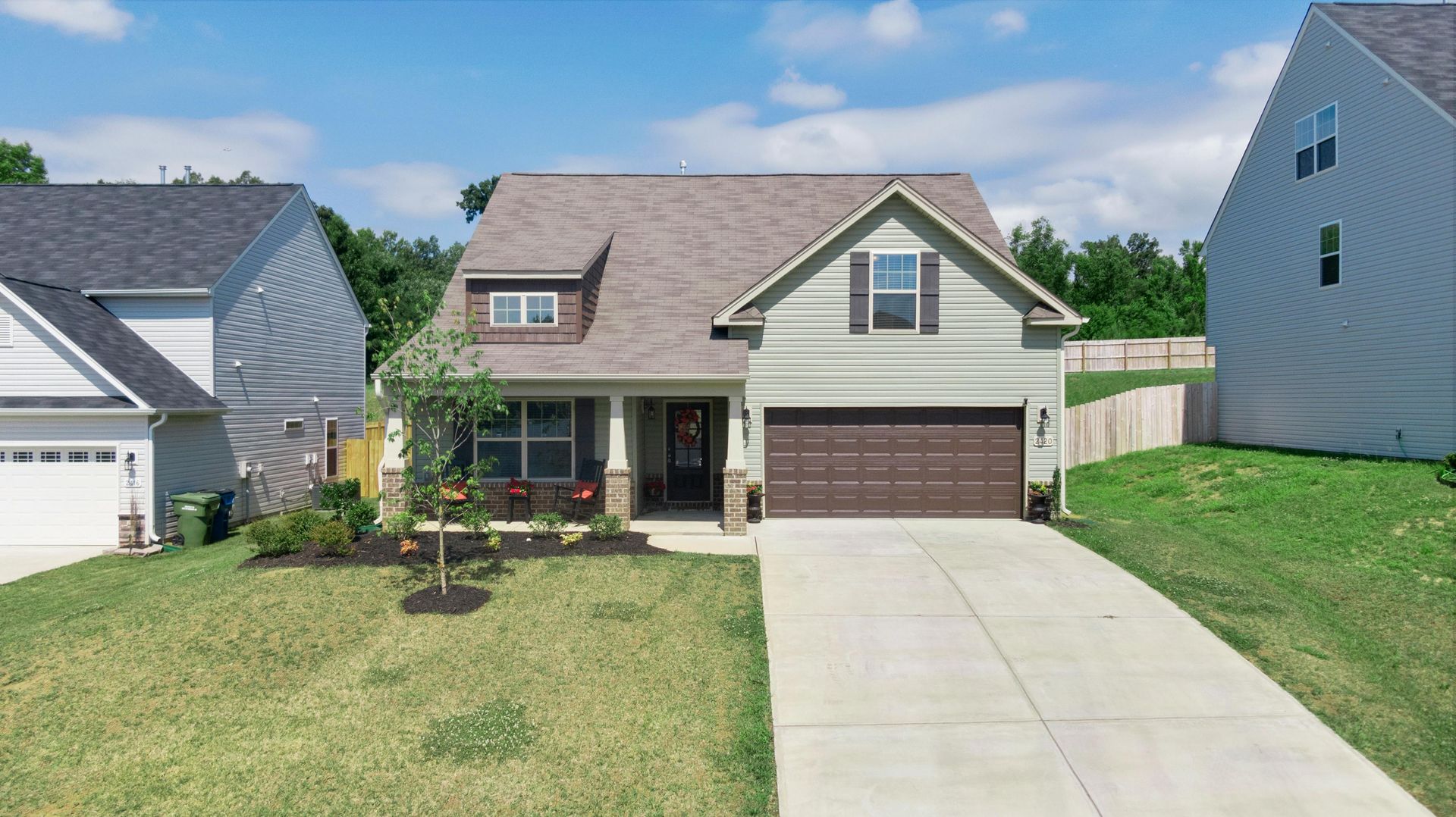Commerce Department Cuts Lumber Tariffs from 20% to 9%
With lumber prices experiencing extreme price volatility this year and harming housing affordability, a final determination of the first administrative review by the U.S. Commerce Department to reduce duties on shipments of Canadian lumber into the United States by more than half is good news for American home builders and home buyers.
“The Commerce Department’s action to reduce duties from more than 20% to 9% on softwood lumber shipments from Canada into the U.S. is a positive development, but more needs to be done,” said NAHB Chairman Chuck Fowke. “Tariffs have contributed to unprecedented price volatility in the lumber market in 2020, leading to upward pressure on prices and harming housing affordability for American consumers. The U.S. needs to work with Canada to end the tariffs and achieve a long-term, stable solution in lumber trade that provides for a consistent and fairly priced supply of lumber.”
This latest development on the tariff front comes at a particularly opportune time, with the Random Lengths Framing Composite Price moving lower since mid-September but still up more than 60% since mid-April.
Lower tariffs would mitigate uncertainty and associated volatility that has plagued the marketplace, which could help ease upward price pressure on lumber prices.
Another positive development is that housing construction and new home sales have moved forward at a robust pace in recent months as lumber prices have receded from unprecedented highs. Lumber prices peaked above $950 per thousand board feet in September and are now down to roughly $560 per thousand board feet – which is still at an extremely high historical level.
NAHB continues to work on all fronts to find solutions that will ensure a lasting and stable supply of lumber for the home building industry at a competitive price.
For more information on the tariff reduction, contact Felicia Watson at 800-368-5242 x8229.
SHARE




